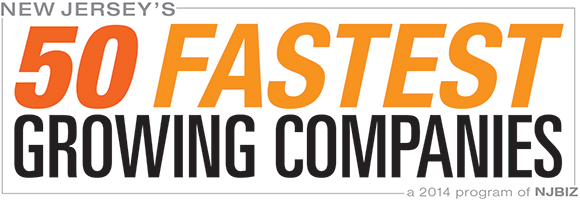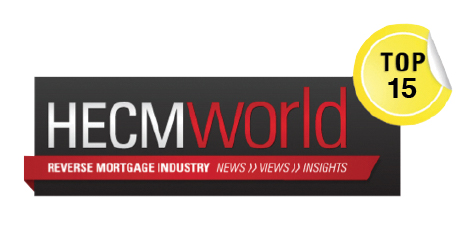Your Trusted Mortgage Advisors in Gainesville, Florida
Our Advisors Mortgage team in Alachua County, Florida is committed to providing the highest level of service to our clients and getting them to their ultimate goal of homeownership. With clear and concise communication, we guide our clients every step of the way through the loan process. We offer various loan programs and tailor them for each client’s individual needs. Whether it be Conventional, FHA, VA, Renovation, NON-QM or a Reverse loan, we will make sure you feel secure that we will get you to the closing table. First-time homebuyers can rest assured that our team will be there for them and talk them through the do’s and don’ts when applying for a mortgage and educate them on words like escrow and title. Utilizing our mortgage calculators to show our buyers what monthly payment they can afford, we give them the knowledge to make the best financial decisions for their situation. So sit back, relax and let Advisors guide you home.
Check out our Google Reviews
The Mortgage Loan Process
Buying a home can be scary and overwhelming. If you are a first-time homebuyer, you may be intimidated by the whole process. Let’s review the eight steps of the life of a loan so you understand how it works and can be prepared when you find your dream home.
Step 1: Pre-Approval Consultation
The first step is to speak with a loan officer for a pre-approval consultation to assess your credit and figure out what your budget is. This is a great time to consult with your loan officer and evaluate what purchase price and monthly payment you are comfortable with. Don’t forget to take into account your other monthly expenses such as food, utilities, and entertainment. After your loan officer reviews your application and credit, he or she will send you a pre-approval letter. Now you’re off to the fun part, house hunting!
Step 2: Application/Gather Documents
Congratulations, your offer got accepted! Now it’s time to complete the application process. Here is where your loan officer will ask for your W-2s, pay stubs, bank statements, etc. The loan can only move forward once all of these documents are submitted. Your Initial disclosure package needs to be signed by you to move the loan to the next step.
Step 3: Processing
Next your loan is submitted to processing. You will be assigned a processor who will work with you throughout the loan and prepare your file for underwriting. A processor will review your loan application to confirm and verify all of the information you’ve provided is correct. He or she will also request extra documentation from you, if needed, in order to get your file submitted to underwriting. The processor assigned to your file will reach out to you in regards to the next steps!
Step 4: Appraisal
The next step in the process is to order the appraisal. A licensed appraiser will come out and inspect the home. The value of the home will be calculated by examining the current local housing market and the comparable properties that have recently sold. It will also include the features of the home, square footage, number of bedrooms and bathrooms. Once the report is in your lender’s hands, you should be notified and receive the report.
Step 5: Underwriting
After processing comes one of the biggest steps in the process, Underwriting! The underwriter will review your loan application and confirm it meets all the current guidelines based on the loan program for which you have applied. They will review your credit report, all of your documentation and evaluate your debt to income ratio. Once the Underwriter has finished reviewing your file, they will send out what’s called a conditional mortgage loan approval, or in other words your commitment.
Step 6: Conditional Mortgage Loan Approval
Congratulations, your loan has been approved with conditions. What this means is, your loan is conditionally approved as long as your lender receives the documentation they’ve requested from you for the underwriter. The conditions could be something like an updated pay stub or updated bank statements. Once your lender has the documentation they’ve requested from you, the underwriter will review to confirm the conditions have been met, and they will clear the file for closing! Now you can take a deep breath…the hard part is over! Off to closing!
Step 7: Clear to Close
Clear to Close are the best three words to hear during this process! You will receive an initial Closing Disclosure three days prior to your closing date. Please sign this immediately. This document is a rough estimate of what your closing fees will be. A few pointers when reviewing your initial CD, page 2 will reflect all the fees which are being charged for the transaction, that’s also where you’ll find your seller or lender credit listed as well as your total cash to close figure! At this time, check in with your attorney or title company to see if they’d like you to wire the closing figures or have a certified check with you for closing! Don’t forget your photo ID! You’re almost at the finish line!
Step 8: Closing/Funding
Closing day is the best day! You will go to your attorney or title company’s office, sign the documents and leave with keys in your hand! Congratulations! You are now a homeowner!
Owning vs. Renting
In the debate of owning versus renting, both have their appeal. However, homeownership offers profound impacts beyond financial considerations, influencing stability, freedom, and future prospects.
Building Equity
Owning a home builds financial growth. Each mortgage payment increases your equity, which can be leveraged for education, business, or retirement.
Stability and Control
Homeownership provides stability and control. Unlike renting, where leases dictate your stay, owning offers permanence and the freedom to personalize your space.
Tax Benefits
Homeownership offers tax advantages. Mortgage interest, property taxes, and certain closing costs are often tax-deductible, leading to significant savings.
Long-Term Investment
Real estate is a resilient, appreciating asset. Despite short-term fluctuations, property values generally increase over time, offering substantial returns and a hedge against inflation.
Sense of Community
Owning a home fosters a sense of community. Building relationships with neighbors and participating in local events enriches life and enhances property value.
Freedom of Expression
Homeownership allows you to shape your living space. Remodeling, landscaping, and other customizations enhance your quality of life.
Generational Wealth
Homeownership enables intergenerational wealth transfer. A home can be passed down to future generations, providing financial security and prosperity.
While renting offers flexibility, homeownership provides numerous financial, emotional, and social benefits. It’s a journey of empowerment and fulfillment, where each improvement represents a step toward a brighter future. A home is more than a structure; it’s a sanctuary of dreams and aspirations.
What Is a USDA Loan?
A USDA home loan is a zero-down-payment mortgage for home buyers in eligible towns and rural areas. Because USDA loans allow for a $0 down payment, they can be a great tool to unlock homeownership for qualified borrowers.
No Down Payment
There are many advantages to a USDA loan, but the most well-known is the ability to obtain 100 percent financing without having to spend years saving for a down payment.
Competitive Interest Rates
Due to the USDA guarantee, lenders are able to offer some of the lowest interest rates on the market. While actual rates will vary by lender due to other contributing factors, you should know that your credit standings and current market conditions play a vital role in your mortgage rate.
Low Monthly Mortgage Insurance
With a conventional loan, if you don’t come up with a 20 percent down payment, lenders require you to pay “private mortgage insurance” (PMI). FHA loans also have high annual mortgage insurance fees. On the other hand, USDA loans don’t have PMI. Instead the USDA uses two fees: an upfront guarantee fee that is financed into the loan, and an annual fee, which gets lumped into your monthly mortgage payment. The upfront fee is one percent of the total financed amount while the annual fee is 0.35 percent of the loan’s current balance.
Flexible Credit Guidelines
Most conventional lenders look for a credit score of at least 640, however you’ll need something closer to 720 to qualify for the lowest interest rates.
USDA loans are a great option to get into home ownership.
Don’t Mess With Your Credit
You have been dreaming about owning your own home for years and now that you have found the perfect home, don’t lose it by messing with your credit. Closing on a home from beginning to end is a complicated process and can take up to 60 days depending on the situation. During this time, there are things to avoid doing so that your closing is seamless.
When you apply for a mortgage pre-approval your lender will pull your credit and then they will also do it again right before closing. Here are a few tips to maintain your credit.
Do not open new lines of credit. When you open a new line of credit such as a credit card, the lender will view you as riskier since you are acquiring more debt. Your credit score may actually lower as well when you open a new line of credit. Both of these outcomes could result in you not getting your final approval for the mortgage.
Do not make large purchases on your credit cards. We know that you are excited about your new home and want to buy that cozy new sectional and large screen TV for your family room, but please hold off on this purchase until after your closing. Taking on more debt could lower your credit score and put you in jeopardy of losing your mortgage.
Don’t quit or change jobs. Lenders will verify your employment and income during the underwriting process to ensure you have the funds and stability to make your monthly mortgage payments. If you leave your job, this could slow down the process and your closing could get delayed. If your income in your new job is far less than your previous one, the lender may determine that you do not qualify for the mortgage.
Pay your bills on time. Buying a new home can be stressful and there are a lot of things on your to-do list. Don’t forget to pay your current bills on time. If you miss any payments, your credit score could go down which will affect your chance of getting a mortgage. If you haven’t done so already, put your bills on autopay so there is no chance of missing a payment.
Keep your credit in check and make sure you monitor your score frequently. You are in control of your finances and credit so you can do your part to keep your closing on track.





